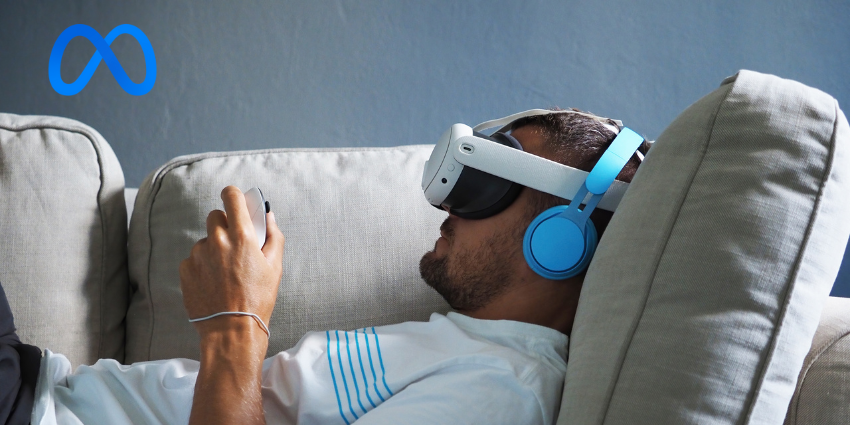A high-profile researcher at Samsung has published new report on augmented reality (AR) wearables, the company announced on Monday.
Samsung Research’s Dr Bongsu Shin, co-first authored the Nature Communications report which discusses using AR devices to power artificial muscle actuators, in a partnership with Ajou University’s mechanical engineering department.
Prof Je-Sung Ko was the corresponding author of the paper and lead for the department, who built an artificial muscle actuator controlled by AR smart glasses and haptic gloves.
The report reads,
“For vivid tactile sensation, there is a growing interest in wearable haptic gloves designed for high wearability, lightweight, compliance, and small form factor. As a consequence, efforts to improve the optical performance of AR/VR near-eye displays and compact haptic wearable devices have included various actuation systems to implement additional functions, such as multi-focus AR glasses and thin form-factor haptic gloves”
The news comes as interest in the Metaverse continues to grow across the industry as firms develop novel use cases and applications. The research explores actuators and sensors integrated with wearables in a lightweight, compact form factor capable of assisting users with mobility needs.
The new device significantly improves mobility due to advancements in design compared to conventional electromagnetic actuators, the report said, adding haptic gloves and AR smart glasses allowed greater ease of use due to a “small-scale, high-power actuating system.”
The AR-backed system employes shape memory alloy (SMA) muscle actuators for an upgraded compliant amplified SMA actuator (CASA) weighing only 0.22 grammes and capable of lifting weights 800 times heavier than the device.
Dr Bongsu said in a statement the new device was “lightweight, compact yet powerful” for comparative force-to-weight ratios, adding,
“It is significant that the new actuator has overcome the limitations of the conventional actuators, while bringing the potential for its expanded applications ranging from robotics to wearable devices. We anticipate that the outcome of our latest research will be the core hardware technology for more immersive and interactive experience for the next generation.”
Additional benefits of the device include image depth control such as binary depth switching and reduced visual fatigue from prolonged AR smart glass use. The innovation adjusts the device according to focus distances of objects, the research added.
The system also utilises “non-vibrating mechanotactile outputs” for creating natural interactions and sensations for haptic devices.
The news as Samsung boosts its number of extended reality (XR) solutions across verticals amid its partnership with Qualcomm Technologies for the latter’s Snapdragon XR platform, providing the South Korean tech giant with access to the Santa Clara-based enterprise’s industry-leading processors for its devices and 3G to 6G kit up to 2030.
The South Korean firm also announced at the Mobile World Congress (MWC) in Barcelona it planned to release a new AR headset for facilitating metaverse experiences, allowing the firm to expand its product lineup of XR headsets for the increasingly competitive immersive market.







